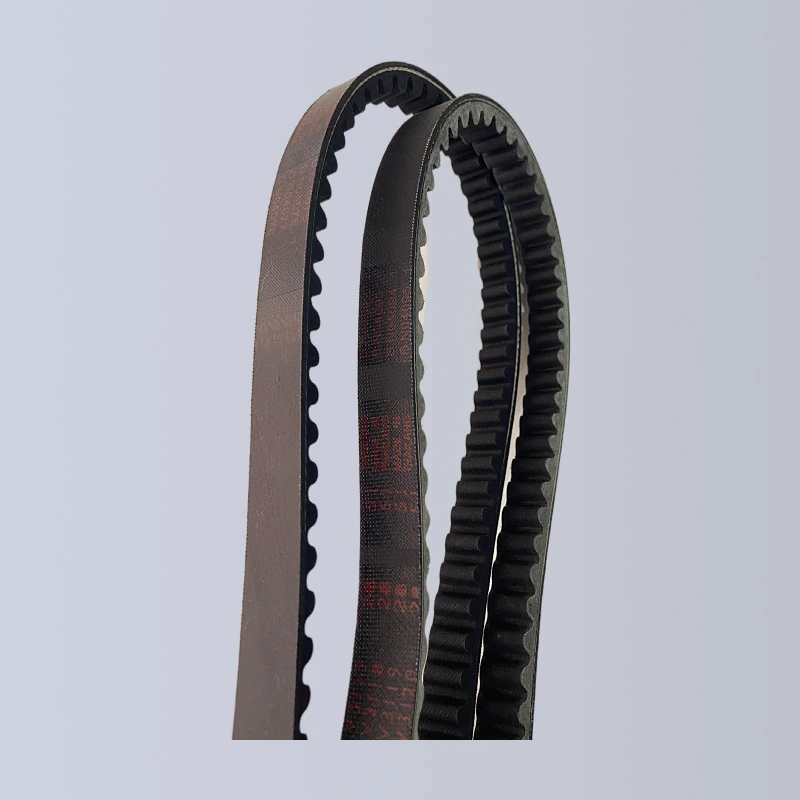- Arabic
- French
- Russian
- Spanish
- Portuguese
- Turkish
- Armenian
- English
- Albanian
- Amharic
- Azerbaijani
- Basque
- Belarusian
- Bengali
- Bosnian
- Bulgarian
- Catalan
- Cebuano
- Corsican
- Croatian
- Czech
- Danish
- Dutch
- Afrikaans
- Esperanto
- Estonian
- Finnish
- Frisian
- Galician
- Georgian
- German
- Greek
- Gujarati
- Haitian Creole
- hausa
- hawaiian
- Hebrew
- Hindi
- Miao
- Hungarian
- Icelandic
- igbo
- Indonesian
- irish
- Italian
- Japanese
- Javanese
- Kannada
- kazakh
- Khmer
- Rwandese
- Korean
- Kurdish
- Kyrgyz
- Lao
- Latin
- Latvian
- Lithuanian
- Luxembourgish
- Macedonian
- Malgashi
- Malay
- Malayalam
- Maltese
- Maori
- Marathi
- Mongolian
- Myanmar
- Nepali
- Norwegian
- Norwegian
- Occitan
- Pashto
- Persian
- Polish
- Punjabi
- Romanian
- Samoan
- Scottish Gaelic
- Serbian
- Sesotho
- Shona
- Sindhi
- Sinhala
- Slovak
- Slovenian
- Somali
- Sundanese
- Swahili
- Swedish
- Tagalog
- Tajik
- Tamil
- Tatar
- Telugu
- Thai
- Turkmen
- Ukrainian
- Urdu
- Uighur
- Uzbek
- Vietnamese
- Welsh
- Bantu
- Yiddish
- Yoruba
- Zulu
Desemba . 31, 2024 23:54 Back to list
Understanding Timing Belts for Optimal Engine Performance and Maintenance Tips
Understanding Timing Belts What You Need to Know
Timing belts are crucial components in the engine systems of many vehicles. They ensure that the crankshaft and camshaft are synchronized, allowing for the precise timing of engine valves and piston movements. This synchronization is vital for optimal engine performance, efficiency, and longevity. In this article, we will delve into the function, types, maintenance, and replacement of timing belts, providing valuable insights for vehicle owners.
What is a Timing Belt?
A timing belt is a reinforced rubber belt with teeth that mesh with gears on the crankshaft and camshaft. It transfers power from the crankshaft to the camshaft, ensuring that the engine's valves open and close at the right time in relation to the position of the pistons. The timing belt’s function is often likened to that of a conductor in an orchestra; without proper timing, the engine’s performance would be chaotic and inefficient.
Types of Timing Belts
Timing belts can vary in design and material, often depending on the manufacturer and the specific application. The two most common types are
1. Rubber Timing Belts These are the most widely used types. They are made from a combination of rubber and fiberglass, offering flexibility and durability. However, exposure to extreme temperatures and chemicals can lead to wear and tear over time.
2. Polyurethane Timing Belts These belts are more durable and resistant to wear than rubber belts. They are typically used in high-performance vehicles or machinery that operates under high stress and extreme conditions.
Signs of Timing Belt Wear
Understanding the signs of a worn or damaged timing belt is essential for preventing significant engine damage
. Here are some common indicatorstooth timing belt

- Unusual Noises A failing timing belt often produces a whining or squealing noise as it struggles to maintain proper tension. - Engine Misfires If the timing belt has slipped or worn out, the engine may misfire due to incorrect timing of the valves. - Oil Leaks A damaged timing belt can lead to oil leaks from the engine, often noticeable around the front of the engine. - Check Engine Light If the check engine light turns on, it could be an indication of a timing belt issue.
Maintenance and Replacement
Regular maintenance of your vehicle's timing belt is crucial for long-term engine health. Most manufacturers recommend replacing the timing belt every 60,000 to 100,000 miles, but it is important to consult your vehicle’s owner’s manual for specific recommendations.
When you decide to replace the timing belt, consider the following steps
1. Check the Tension Ensure that the timing belt is properly tensioned. A belt that is too tight or too loose can lead to malfunction. 2. Inspect Cam and Crankshaft Seals While replacing the timing belt, inspect as well as replace any worn seals to prevent oil leaks.
3. Replace Additional Components It is often advisable to replace the water pump and any other components driven by the timing belt during the installation. This can save time and money in the long run.
4. Professional Installation If you are not experienced with car maintenance, it is best to have a professional mechanic perform the timing belt replacement. Proper alignment and tension are critical to the belt’s performance.
Conclusion
Timing belts may not be the most glamorous part of a vehicle, but their importance cannot be overstated. They play a pivotal role in ensuring that an engine runs smoothly and efficiently. Regular inspections and timely replacements are essential to avoid costly repairs and to keep your vehicle operating at peak performance. Understanding how timing belts work and recognizing the signs of wear will empower you as a car owner, allowing you to make informed decisions about your vehicle's maintenance. Always remember prevention is better than cure when it comes to the health of your engine!
-
Korean Auto Parts Timing Belt 24312-37500 For Hyundai/Kia
NewsMar.07,2025
-
7PK2300 90916-T2024 RIBBED BELT POLY V BELT PK BELT
NewsMar.07,2025
-
Chinese Auto Belt Factory 310-2M-22 For BMW/Mercedes-Benz
NewsMar.07,2025
-
Chinese Auto Belt Factory 310-2M-22 For BMW/Mercedes-Benz
NewsMar.07,2025
-
90916-02660 PK Belt 6PK1680 For Toyota
NewsMar.07,2025
-
drive belt serpentine belt
NewsMar.07,2025

